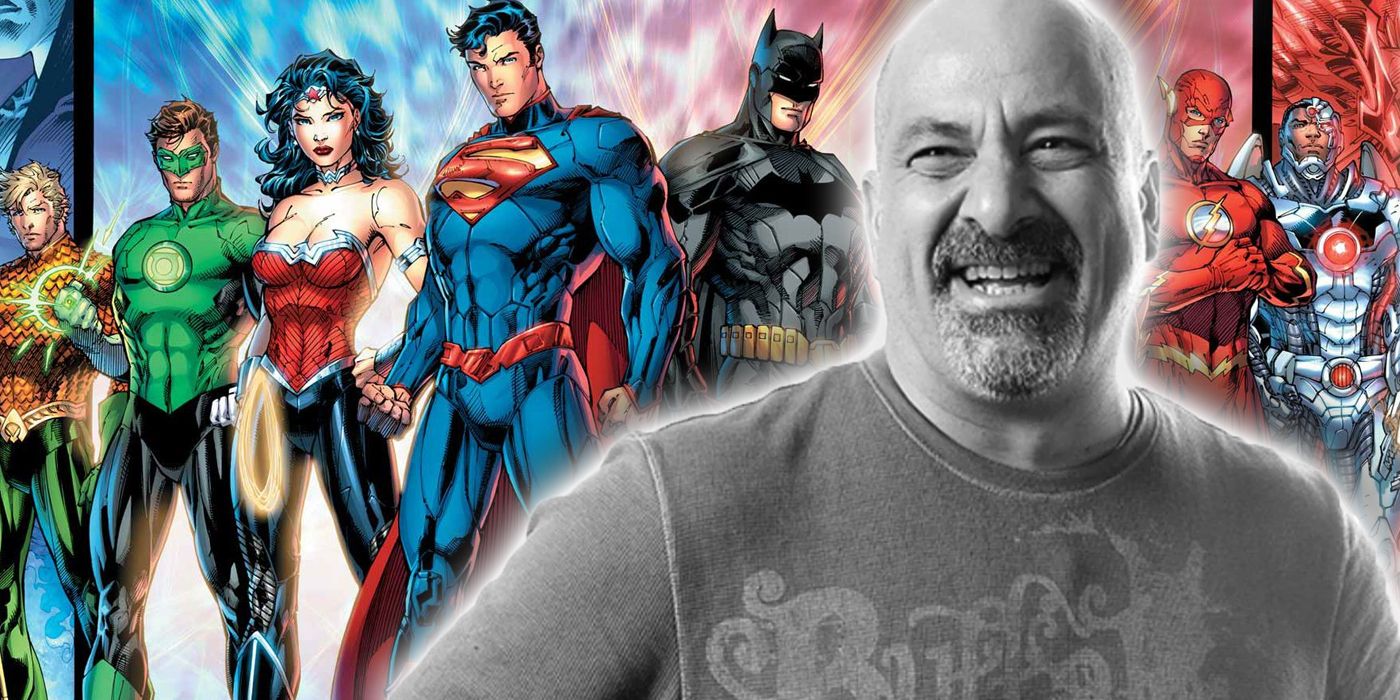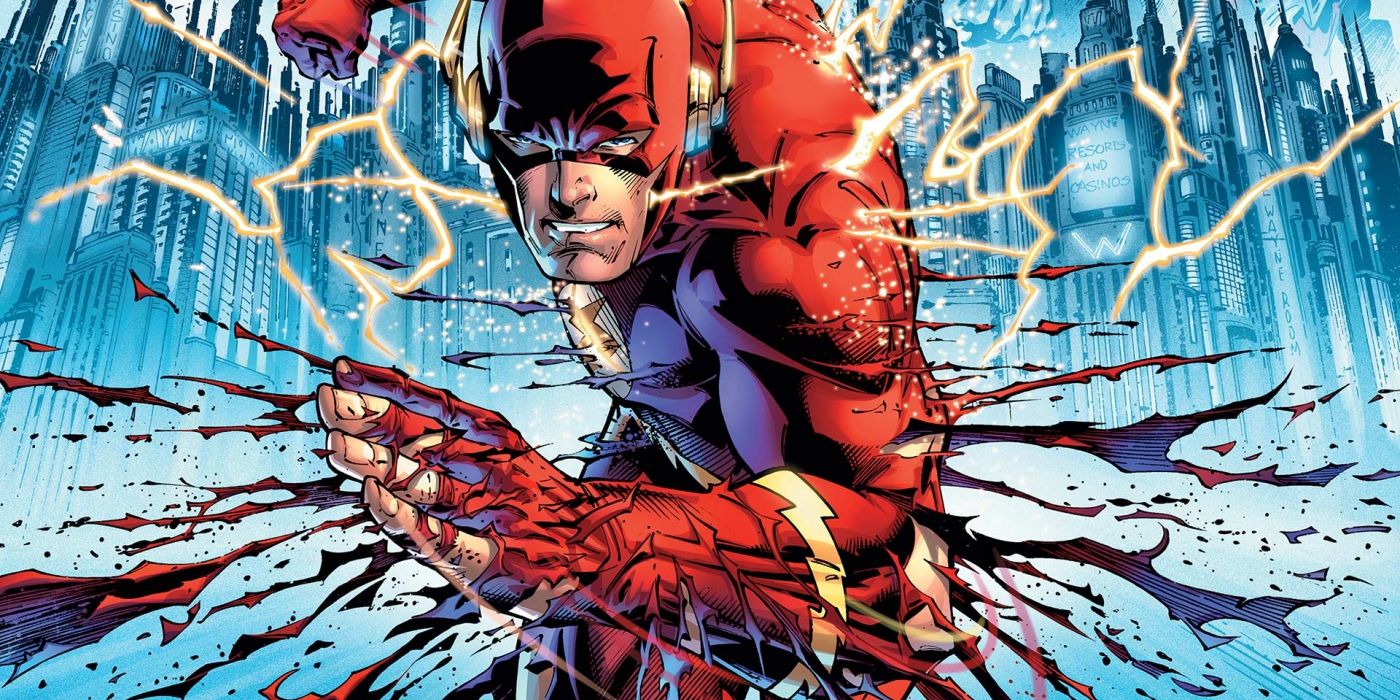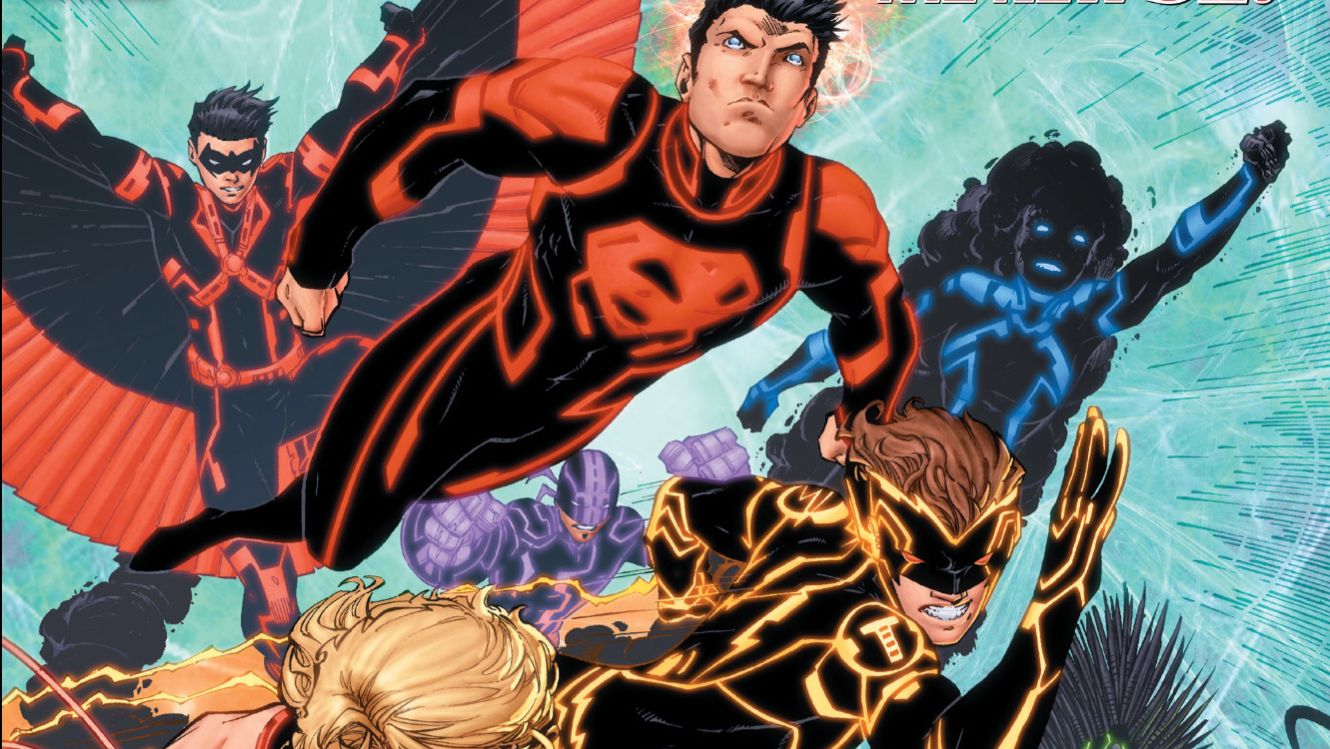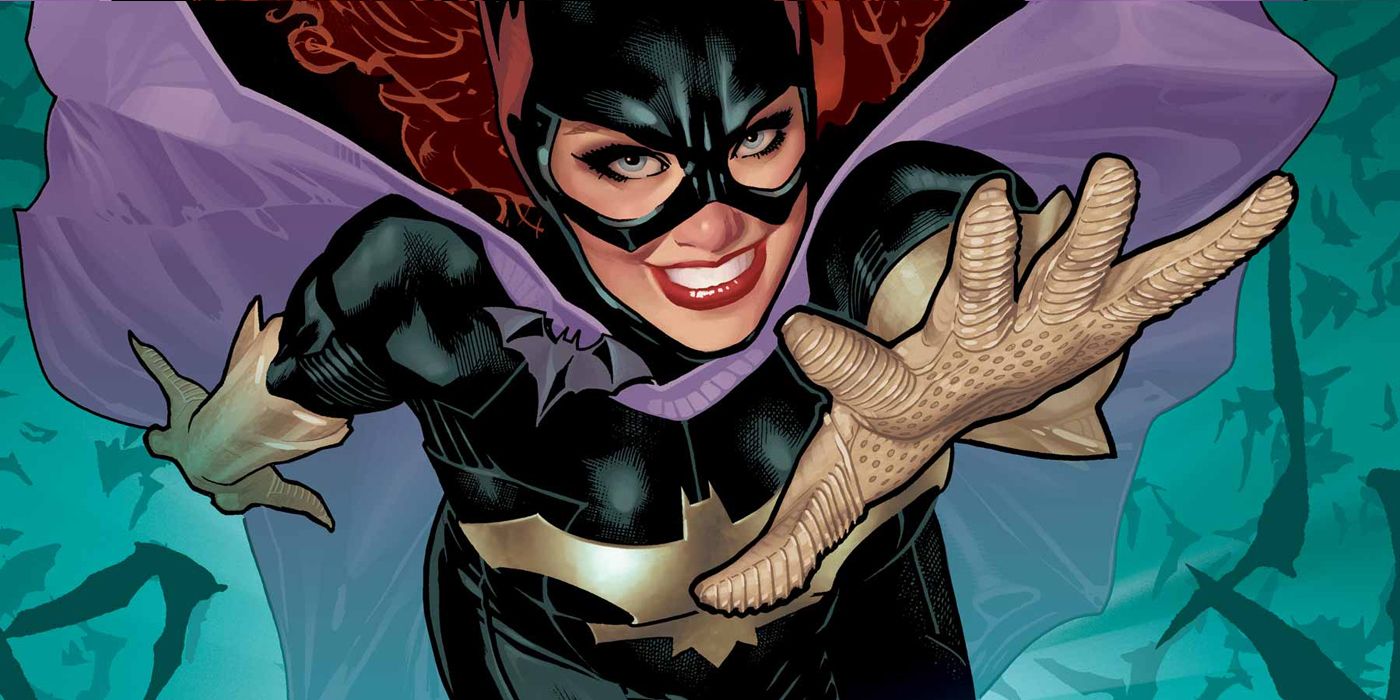For most of the past two decades, Dan DiDio was synonymous with DC Comics. However, that changed last week when Didio was confirmed to be no longer with the publisher. While his official titles might've identified him as an executive vice president and a co-publisher, DiDio gave DC a public face that it didn't always have.
While his written work centered around relatively obscure characters like Metal Men and OMAC, his tenure with the publisher was marked by era-defining changes that enraptured DC fans and caused controversy in equal measure. Now, we're taking a look back at some of the most memorable impacts from DiDio's years at DC.
The 2010s were a decade of change for DC, thanks in part to two massive relaunches under DiDio's watch: The New 52 and DC Rebirth. Both were huge initiatives that helped DC dominate the comics marketplace, at least for a time. In the early 2010s, the New 52 reboot increased sales exponentially and brought in a ton of new readers with its clean slate. When the New 52's early success began to wane, DC Rebirth found success by backtracking and embracing elements of DC's history.
While every DC story published under his tenure was hardly a critical hit, every DC event was a must-read blockbuster. Under DiDio, the New 52 was preceded by Flashpoint, which arguably became the Flash's most iconic story. From universe-wide epics like Infinite Crisis, Blackest Night and Doomsday Clock to character-rejuvenating tales like Justice League: Throne of Atlantis, DC crossovers became must-read affairs during DiDio's time at the publisher. During his tenure, characters like Aquaman, the Flash and Harley Quinn became household names. Even In the DC Extended Universe, films like Aquaman and Shazam! were based almost entirely on stories published under DiDio.
While all the writers and artists deserve a ton of credit for their work on all the titles, it's undeniable that DiDio's hands-on editorial style helped steer the wheel going forward with every major story. Under DiDio, DC's comics frequently challenged and outsold Marvel's releases.
While DiDio's hands-on editorial mandates helped shepherd some projects to success, they could also derailed comic stories that were in development. While the New 52 opened up a lot of doors for potential new stories, it forced others to adjust mid-stream, and several high-profile creators stepped away from series during DiDio's tenure. Several stories, such as the conclusion Stephanie Brown's tenure Batgirl, were cut short without resolution due to the abrupt announcement of the reboot.
After the New 52 began, DiDio famously did not want characters to get married, for fear of aging the characters too much. age the characters too much for readers to enjoy. This edict canceled Batwoman's marriage to Maggie Sawyer effectively keeping one of DC's most prominent same-sex couples from tying the knot.
In the early days of the New 52, there was also considerable confusion as to what was still canonical and what wasn't in this new, mostly rebooted timeline. For instance, some issues referenced older Teen Titans teams, while others maintained that the New 52's Teen Titans were the first team to use that name. While parts of the DC Universe bore the unmistakable markings of DiDio's influence, other aspects seemed to fall more by the wayside.
In a highly circulated anecdote, Paul Pope claimed DiDio said, "We don't publish comics for kids. We publish comics for 45-year olds. If you want to do comics for kids, you can do 'Scooby-Doo.'" It's this mindset that dictated DiDio's often "my-way-or-the-highway" approach with DC's major events going forward. He at once created a uniform, edgy style that governed DC, even before the New 52.
These darker, more adult stories appealed to many fans, as the success of gory events like Blackest Night and more thematically adult-oriented titles like Mister Miracle.
On the other hand, it also caused a ton of problems. DC received a lot of criticism for its portrayal of violence, particularly violence against women. From an art contest that encouraged artists to illustrate an image suggesting Harley Quinn committed suicide to Wonder Dog mauling his pals Wendy and Marvin in Teen Titans and a variant cover featuring Joker threatening Batgirl, issues of violence were a fairly regular source of controversy.
DC also received criticism for its objectification of women, best exemplified with Starfire in early issues of Red Hood and the Outlaws. These issues, mostly involving female characters, weren't helped by the record-low number of women working on the books, a fact DiDio dismissed when confronted about it.
But for many fans, DiDio will be remembered for the sidelining of their particular favorite characters. For instance, the New 52 erased two Batgirls, Stephanie Brown and Cassandra Cain, from continuity for an extended period of time, and Barbara Gordon resumed her activities as DC's one and only Batgirl. Since Gordon had already established a new identity for herself as Oracle, this decision was met with heavy criticism from fans of all three characters and disability activists, among others.
While the late 2000s and the early 2010s saw Dick Grayson take over as Batman for an absent Bruce Wayne, the original Robin's role in Batman's life was greatly reduced in the New 52, as was his relationship to his fellow heroes since his role as the founder of the Teen Titans was undone. His identity as Nightwing and, later, even Dick Grayson, was erased when he became first a secret agent, then the amnesiac Ric Grayson.
Throughout all of the changes that occurred during his tenure at DC, DiDio was the face of DC editorial. While he helped bring DC to new levels of commercial success, DiDio leaves behind a complex legacy that's defined by a willingness to take risks, even ill-advised ones. And even though he may no longer be part of DC, DiDio left a lasting imprint on the DC Universe.




